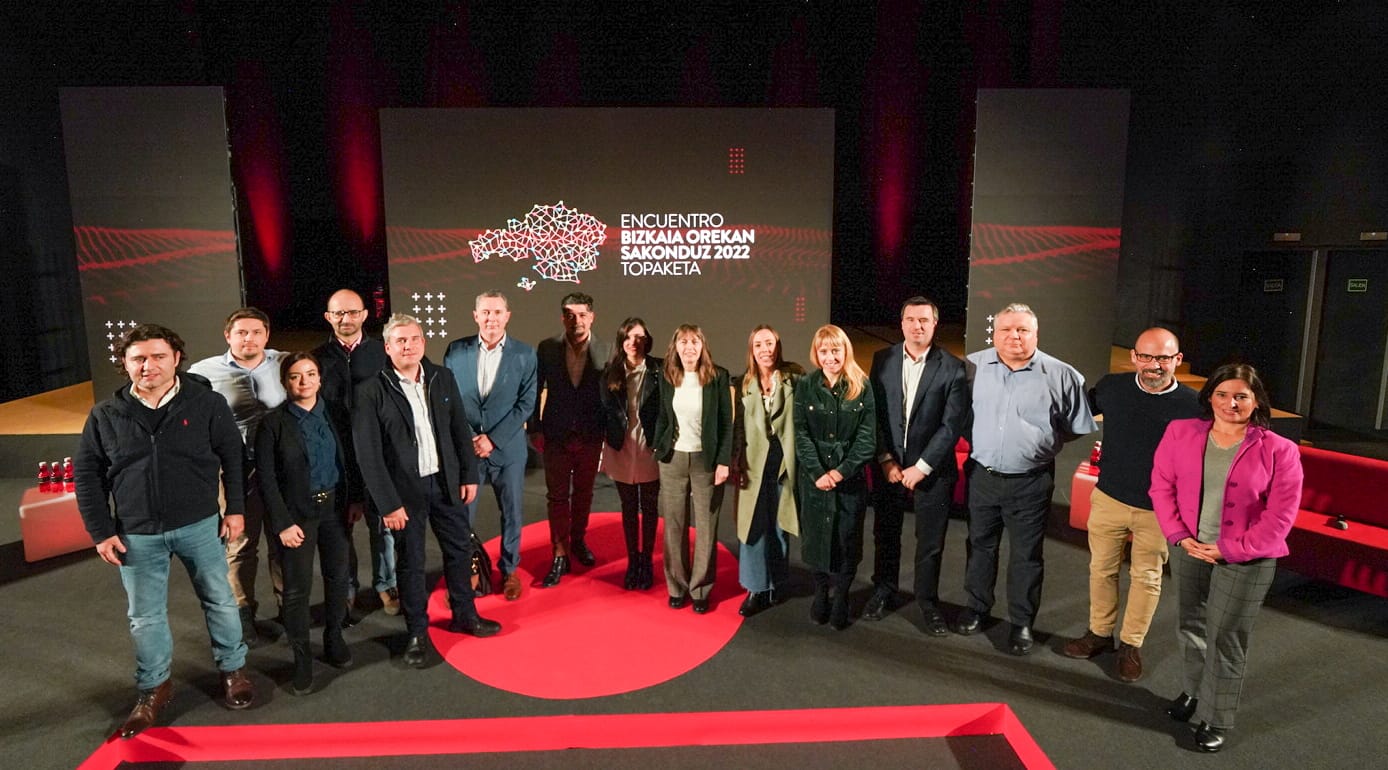
Beaz Bizkaia hosts partners for the final event
Following the end of the successful three-year project ten partners from across eight European regions met last week in Bilbao, Spain for the final time.
COHES3ION aims to integrate a regional and sub-regional element into Smart Specialisation Strategies (S3), so developing greater consistency across each partner region.
The intended outcomes of the project are to:
The project includes 10 partners from 8 European countries (Spain, Italy, Romania, Ireland, Germany, Sweden, Poland and Wales).
It will work to align innovation policies from a macro to a micro regional level, spreading prosperity across each partner's territories.
€1,874,632.00
Research and innovation
PA 1 of OP is linked to Basque S3, "Basque Plan of Science, R&I 2020 (PCTI Euskadi 2020) and co-finances part of its policy mix. IP 1.b) looks for the improvement of the performance of innovation by companies and SMEs in cooperation with R&I agents, to increase competitiveness on priority areas of S3. Measures include grants for R&I projects, feasibility studies, tech investments, and start-ups creation on S3 areas, run both by Basque Government and Biscay Provincial Council, as Intermediary Body (IB) of OP.
Improvement is needed at S3 GOVERNANCE as so far the territorial dimension has been overlooked. Innobasque, Basque Innovation Agency is in charge of mobilising actors for S3 implementation through 7 Pilot Work Groups in the priority areas following a vertical, cluster-based approach. Up until now, no representation from territorial players, local and regional development agencies (RDAs) and province and municipality support services, has taken place in Work Groups.
Basque Government and Innobasque have just started to address this issue, looking for a new governance framework between regional, provincial and county levels. This demands a further coordination between the vertical (sector-based) and horizontal (territorial) levels, looking for improvements in the coordination between Innobasque and territorial players, the coordinated effort of support services by these players for SMEs to be engaged in S3, and a better measurement of S3 and OP measures by territory.
The Southern Regional Assembly, partner on the COHES3ION project, has prepared a Regional Spatial and Economic Strategy (RSES) for the whole of Ireland’s Southern Region covering the period 2019-2031. The RSES provides a long-term regional level strategic planning and economic framework, to support the implementation of the National Planning Framework and the economic policies and objectives of the Government by the means of a quadruple helix consultation process.
The RSES acknowledges that a strong economy is underpinned by strong enterprise, innovation and skills which requires a competitive, innovative and resilient regional enterprise base. In order to achieve this competitiveness, innovation and resilience the region must itself with Ireland's S3. This national S3 has no noted recognition of regional specificities and no separate smart specialisation strategies at the 3 NUTS II regions despite each of the regions having their own individual strengths and competitive advantages which have been reflected in their respective RSES.
The concept of Smart Specialisation cuts across the entire RSES process. The development of a targeted regional S3 approach and regional clusters could be developed to achieve the benefits of scale required to attract investment and compete for appropriate funding opportunities in Ireland and leverage research for commercial impact by fostering wider RD&I collaborations in key areas.
Following the conclusion of open consultation periods the final RSES will be adopted by SRA in December 2019 providing a timely opportunity to consider and align S3 strategies in Ireland at regional level going forward.
COHES3ION targets TO1 of ROP. Under Investment Priority 1b), 4 Specific Objectives (SO) are programmed focusing on increasing the innovation activities of companies and the strengthening of the regional innovation system, by the funding of operations aligned with Calabria S3.
Through the POR, the Calabria region will exclusively focus on the S3 innovation areas by funding projects for :
• Innovation vouchers by SMEs and other consultancy services for innovation support.
• Collaborative R&I projects between companies and research.
• Valorisation of research results.
• Support to the participation of companies and research in EU research programmes, national and EU clusters and technology platforms.
SO1.2. specially focuses on the strengthening of the innovation capacities of the regional innovation system built around the S3. This has been built following a cluster or sector based approach through 7 Innovation Poles in target priority areas and the agency of innovation support bodies CalabriaInnova and CalPark Science Park. There is no territorial dimension considered on the current S3 Governance neither at strategic nor operational level.
Through COHES3ION the engagement of territorial players in the operational level of the S3 is looked after in order to reinforce the Regional Innovation Network and improve the number of companies and SMEs involved in innovation activities coming from all the territory.
Priority Axis 1 (PA1) of the Regional Operation Programme (ROP) includes Specific Objective 1.2., aiming at raising economic competitiveness, through technology transfer in order to increase the share of innovative SME’s that cooperate with others by creating and developing innovation and technology transfer entities. Measures include grants programmes to support:
- Entities for Innovation and Technology Transfer.
- Science and Technology parks.
- Investments for SMEs implementing the result of R&I.
- Complex strategic projects in the field of smart specialization.
PA1 of the ROP is implemented according to the "Framework Document for Regional Smart Specialization Strategy" (Concept Note) which has been developed following an EDP process with assistance from the Joint Research Centre (JRC) through the Lagging Regions Pilot project of DG Regio. The document is a simplified version of the Regional Innovation Smart Specialization Strategy (RIS3), describing priority areas in general. The final RIS3 document has been recently launched in synergy with two initiatives: the second edition of "Lagging Regions Initiative", as well as "Supporting Innovation in Romanian Catching-up Regions" project, implemented in partnership with JRC and the World Bank.
COHES3ION with such activities will allow an improvement of the governance system of the S3, reaching out to SMEs and innovation actors from all over the region, to the counties and gateway cities such as Cluj-Napoca. COHES3ION will contribute to the implementation and testing of the new governance system for S3, integrating a territorial dimension.
The OP finances measures which contribute to making business competitive, creating jobs in SMEs and support measures which advance innovations, research and technological development amongst others. PA 1 aims at 'Maximising the innovation potential of North Rhine-Westphalia (NRW)'s economy', which is guided by identified lead markets for NRW that were established in the course of the innovation strategy – acting as the state’s S3. NRW's innovation strategy combines the state's research, lead market and technology transfer strategy in a common approach.
The OP and the innovation strategy concentrate on a broad state level approach, supporting lead markets and technology transfer by specific calls for funding using a top-down approach. It lacks attention on sub-regional differences within NRW regarding the innovation capacity and smart specialisation for future calls. NRW is characterised by its sub-regional disparities between its sub-regions. This applies especially for the biggest sub-region, the Ruhr Metropolis.
BMR envisions improvement in two respects for the current OP:
⁃ Development of a sub-regional S3-strategy for the Ruhr Metropolis using a bottom-up governance approach that develops sub-regional specifications and identifies innovation niches or priority areas within the Ruhr Metropolis, aligned to NRW’s S3.
⁃ Proposal of a framework for better targeted calls that contribute to the sub-regional differences and to an improved cohesion policy.
The analysis and Regional Action Plan of Region Stockholm will focus on the development, governance and structures for implementation of a Regional Business and Growth Strategy for Stockholm NUTS2-region. The strategy includes components of regional innovation and smart specialization and will provide input to the preparation of a new OP for the European Regional Development Fund in Stockholm (ERDF) 2021-2027. Since the Stockholm region does not have a separate Research and Innovation Strategy for Smart Specialization (RIS3), actions to identify and prioritize areas of smart specialisation are needed. The main financial sources for funding regional actions in line with the strategy are the national state funding, administered by Region Stockholm (about €0.7 million/year), and the EU structural funds (ERDF and ESF).
The strategy will aim to improve the competitiveness of the whole Stockholm NUTS2-region and address some of the interregional differences at municipal level (NUTS4) by establishing better links and governance across levels. Today, there are large variations in social and industry structures, with manufacturing industry dominating in some more rural municipalities and knowledge intensive business services (KIBS) dominating the city of Stockholm and surrounding municipalities. In the Stockholm Regional Development Plan (RUFS2050), the city centre of Stockholm and 8 regional cores have been prioritized, to develop a more polycentric region. The Smart Territorial Mapping will provide a better understanding of different areas of strength and prioritized specialisation in municipalities and regional cores, so that stronger links between regional actors can develop.
The strategy will also address the need for improved collaboration with actors in other NUTS2-regions and the need for aligning to national initiatives (NUTS1), e.g. in prioritized sectors such as automotive and life science or key enabling technologies such as AI, photonics, ICT and digitalization.
TO1 of ROP is devoted to strengthen R&I. Under Investment Priority 1b), different grants are programmed aiming at the support of collaborative R&I projects between companies and research centers in the smart specialization areas set up by Mazovia S3, the Regional Innovation Strategy for Mazovia up to 2020 (RIS Mazovia).
Mazovia is one of the best developed, but also the most economically diversified regions in Poland. Thus, the potential of Mazovia is unevenly distributed. The motor of the Mazovian economy is Warsaw together with the metropolitan area, which plays a special role in building competitiveness of the region. The development of this area, however, is largely in isolation from development of the entire region, and mechanisms of development processes between the metropolis and the region are very weak.
Uneven development led to a deformation of the statistical picture of the entire region and that’s why Mazowieckie Voivodship has been divided into two statistical units since January 2018: the Warsaw capital region - encompassing Warsaw with nine counties and the rest of the Mazovian region.
Under COHES3ION the Office looks for a better integration of these 2 realities into the S3 governance by the identification of centers of geographical concentration of enterprises in the frames of areas of smart specialization and even whole sectors, that will allow increasing the balanced participation of SMEs from Mazovia region under IP1b) measures of target ERDF.
This project has alignment with Priority Axis 1 of the Operational Programme (OP). Priority Axis 1 aims at maximising the Innovation Potential of the Welsh economy. This includes focusing on increasing the innovation activities of companies, academic research and collaboration. In addition to the strengthening of the Welsh innovation eco system by the funding of operations aligned with the current Welsh smart specialisation (S3) strategy (Innovation Wales 2014). Measures planned under IP 1b) include: Innovation support services for companies, provided by a team of Innovation and IP Specialists; Innovation grant funding for eligible businesses accessed via Innovation Specialists; Support for Welsh Research Institutions to facilitate specialist technology transfer.
However there is no territorial dimension or targeting detailed within ERDF OP or S3 at regional, county or city level even though there is a noticeable unbalance between the innovation capacities and performance between the East and West Wales regions. In this context, the Welsh Government has recently published its new pan Wales Economic Action Plan (EAP) which asserts a move from a traditional sectoral focus to a more regional approach. Key themes within this plan is promotion of Innovation and R&D. The new EAP provides a timely opportunity to consider and review current S3 strategies and action plans in Wales at a regional level.

Following the end of the successful three-year project ten partners from across eight European regions met last week in Bilbao, Spain for the final time.

Cohes3ion Project Partners to meet

WALES has played host to the culmination of the first phase of an exciting EU-funded project.
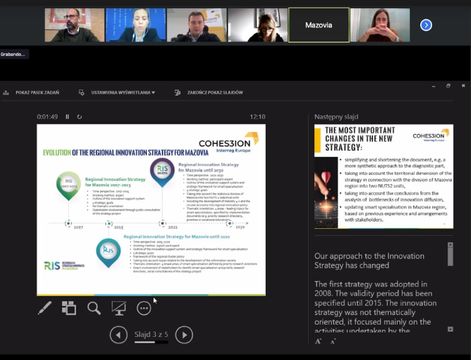
On November 26, the Cohes3ion project partners took part in another study visit - this time in Mazovia.
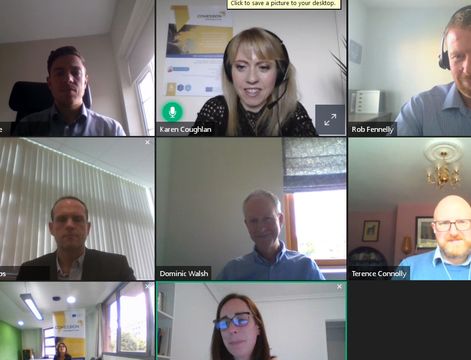
On October 15th it was the turn of the Southern Regional Assembly to host the next visit on the COHES3ION virtual journey. In conjunction with the European Wee
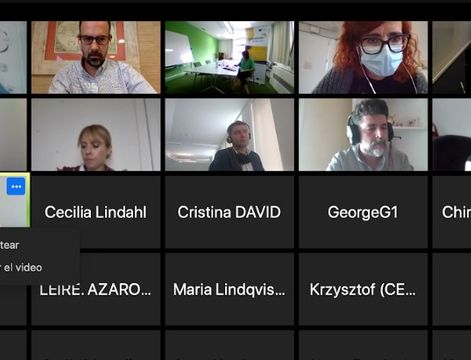
The partners met virtually for the fifth learning journey in Sweden.
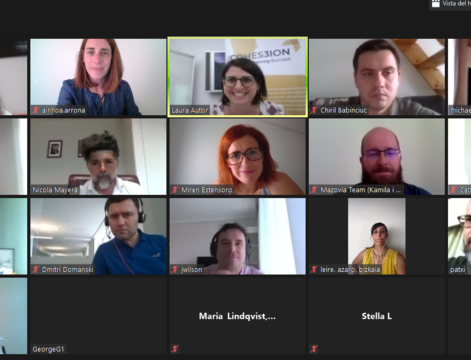
The partners met virtually to present their conclusions of the Smart Mapping exercise
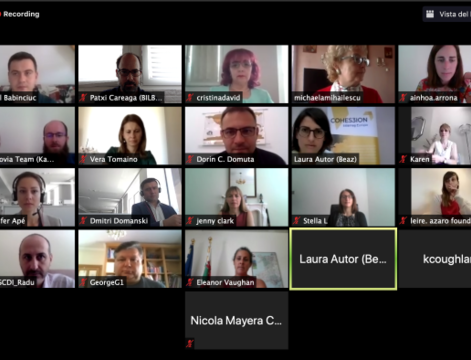
This was the second occasion that partners had participated in a virtual learning journey.
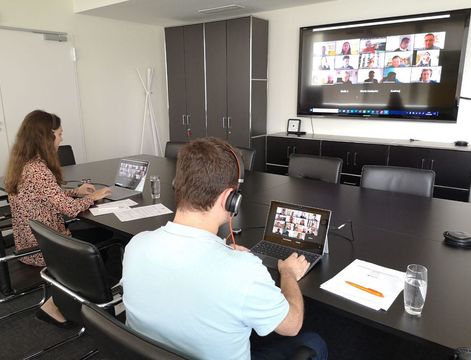
The partners participated in an interesting and useful virtual third learning journey.

In this article we would like to profile and introduce you to the project lead, BEAZ Bizkaia.